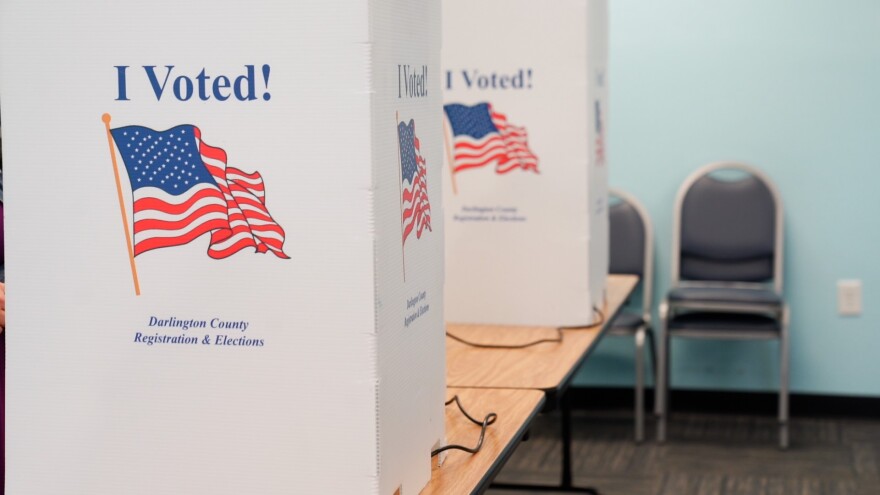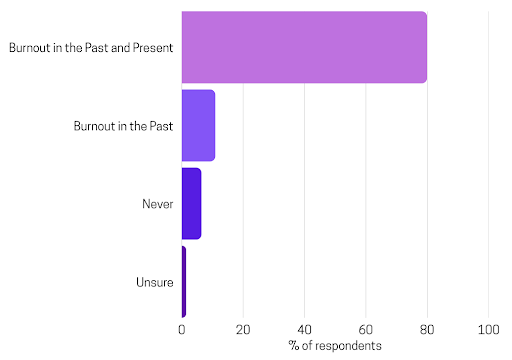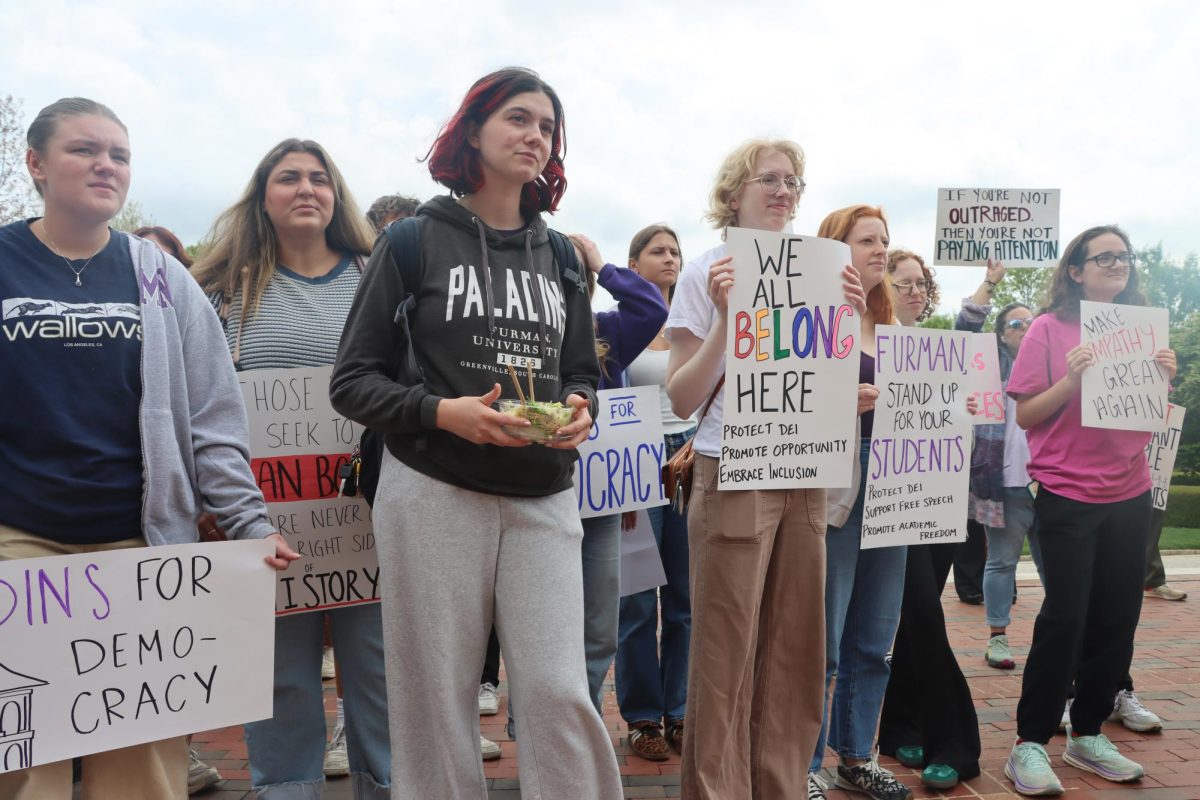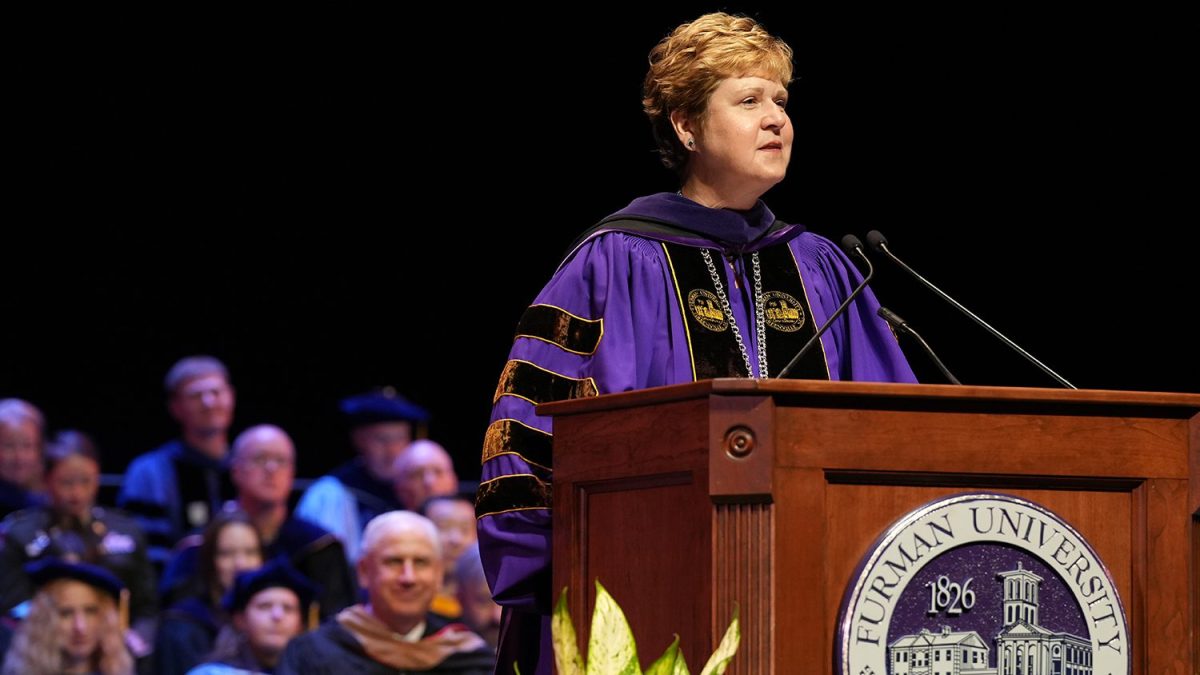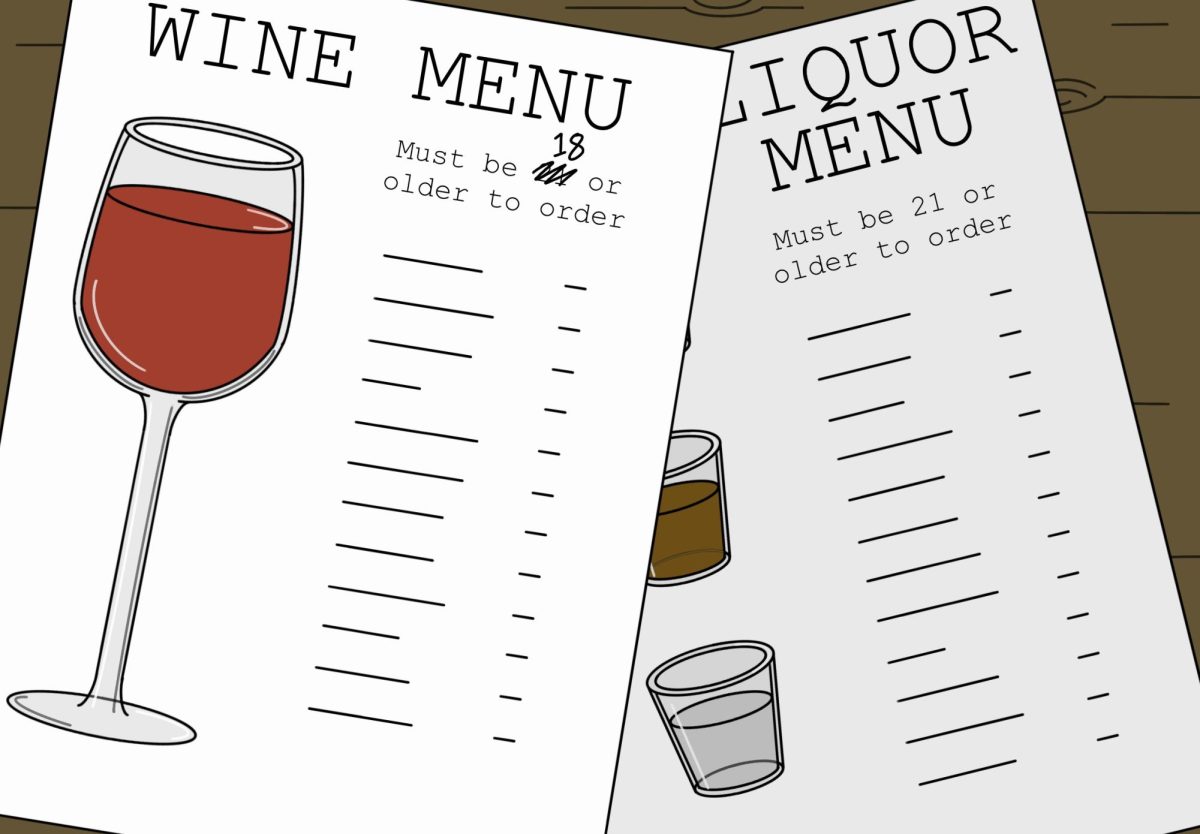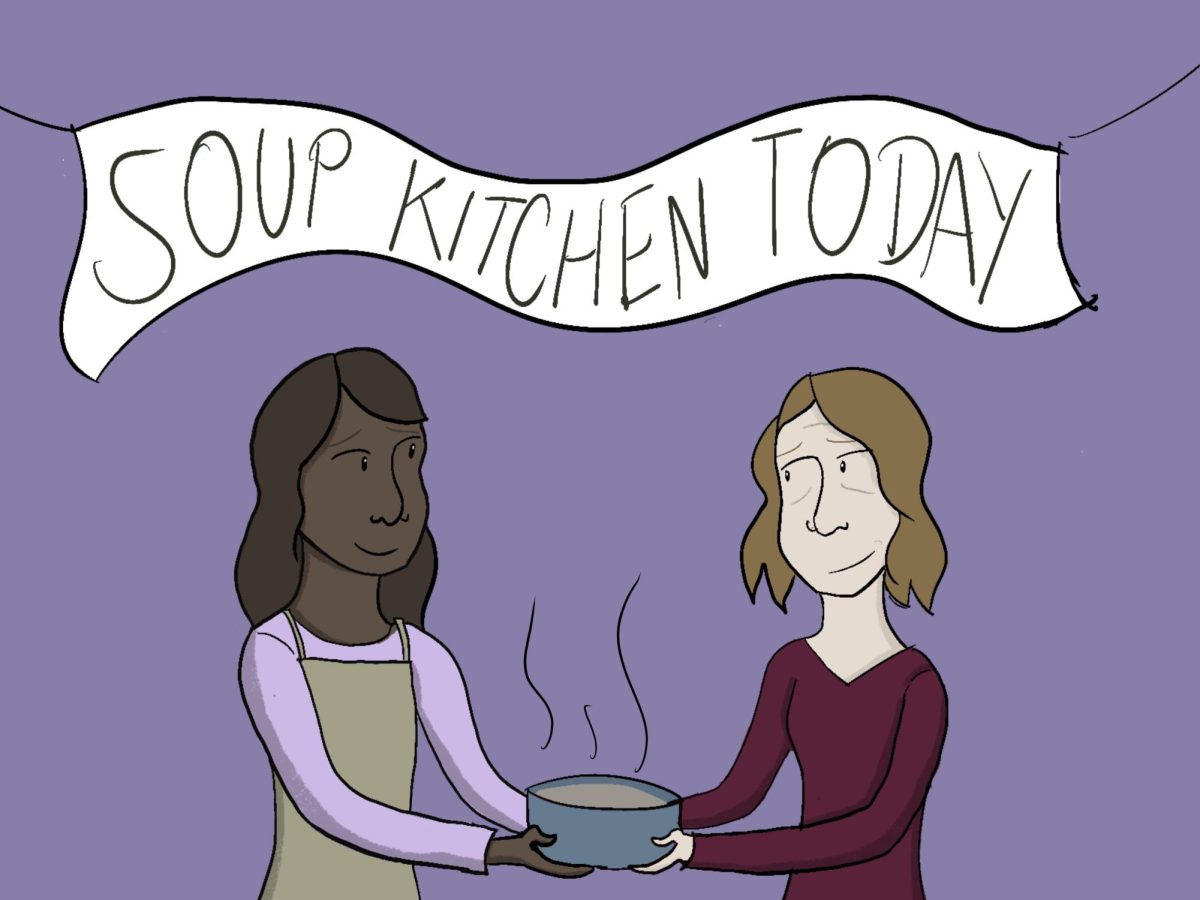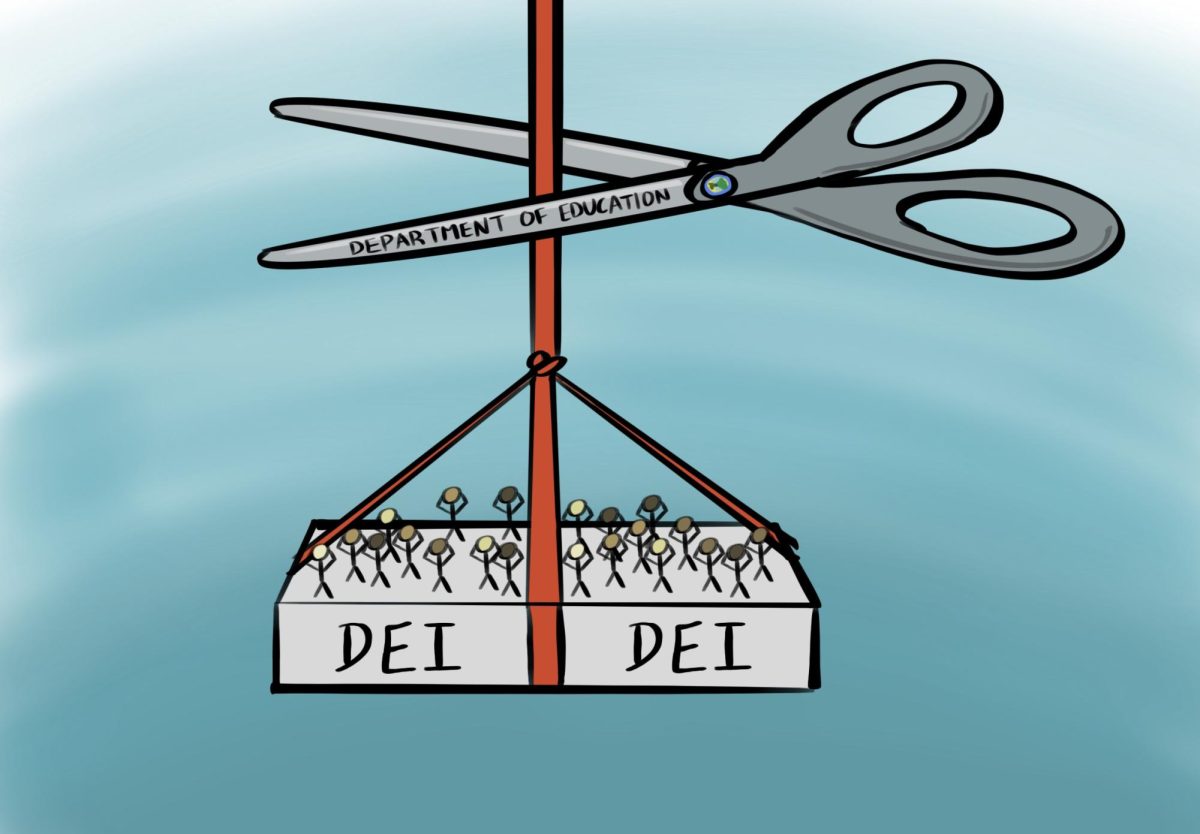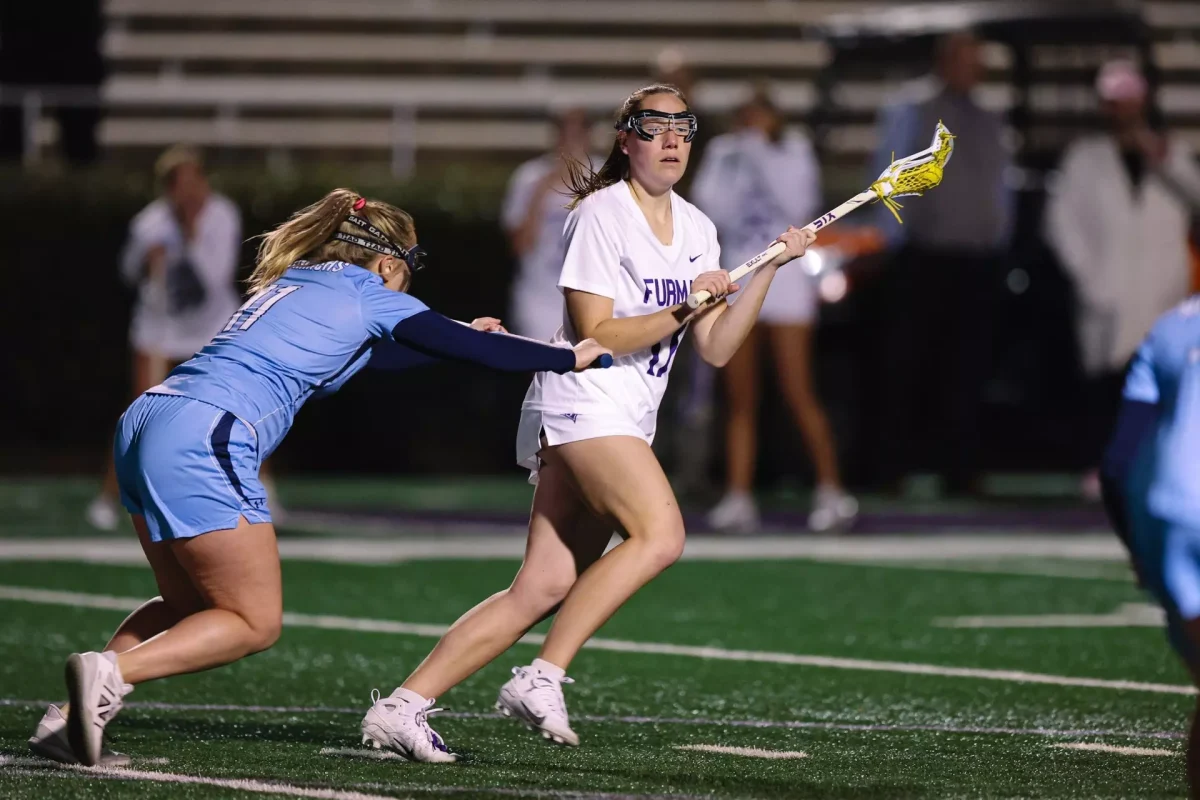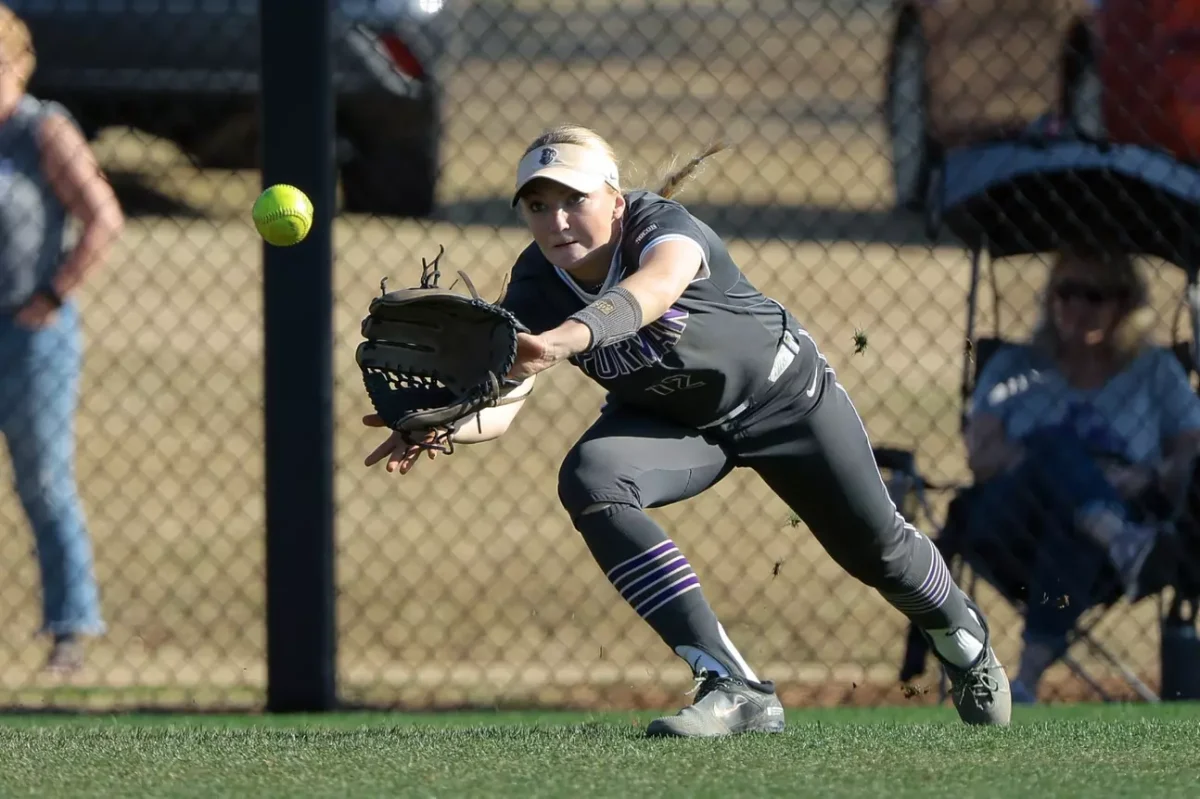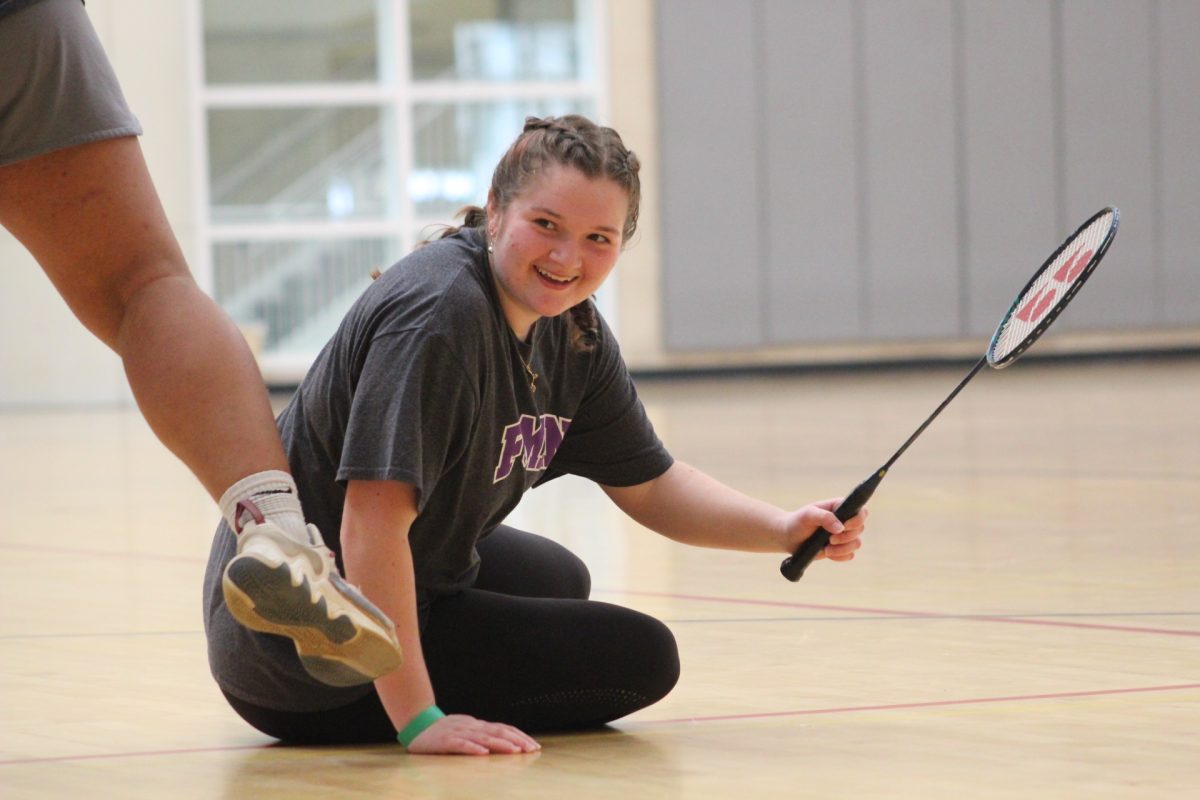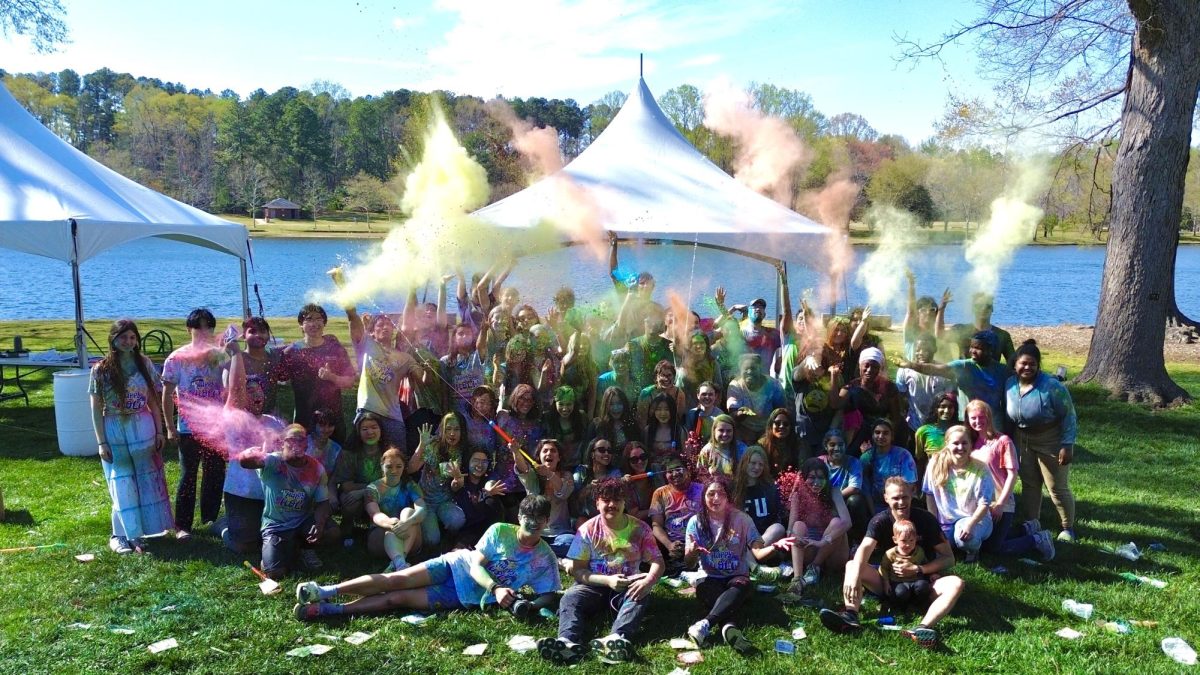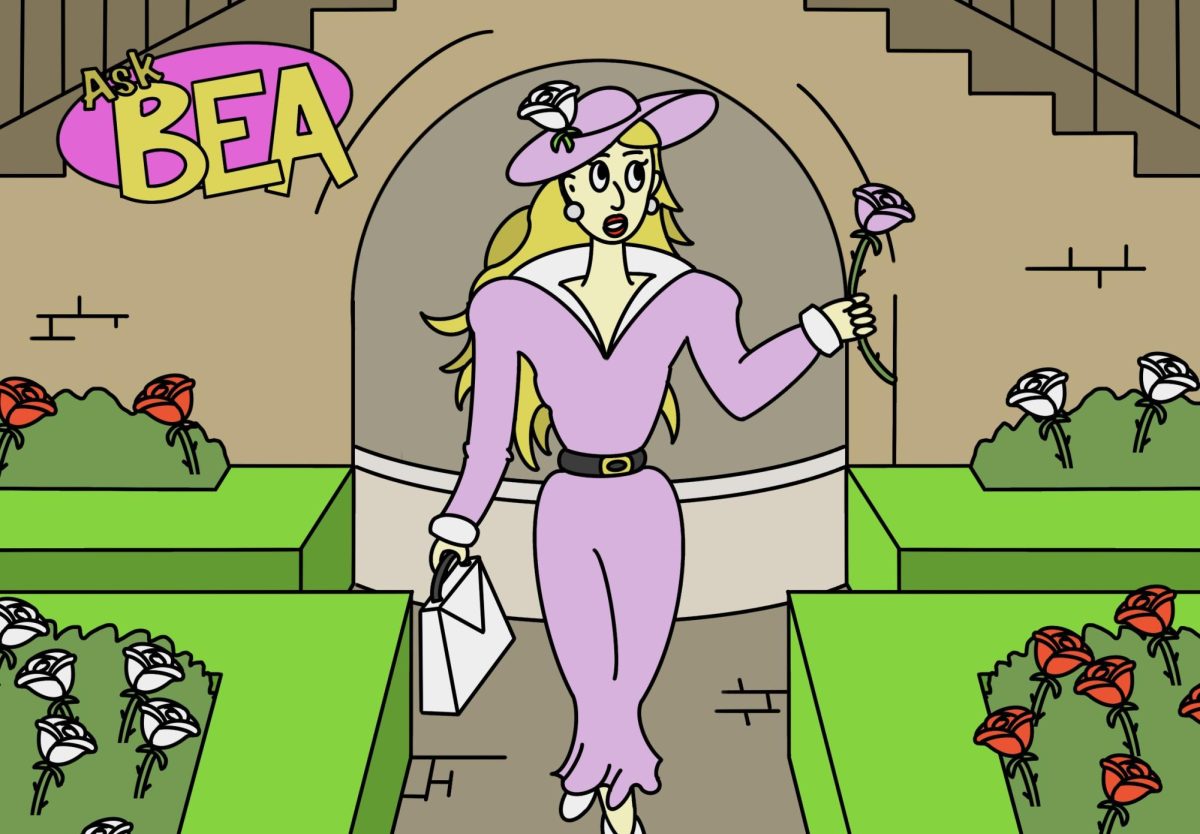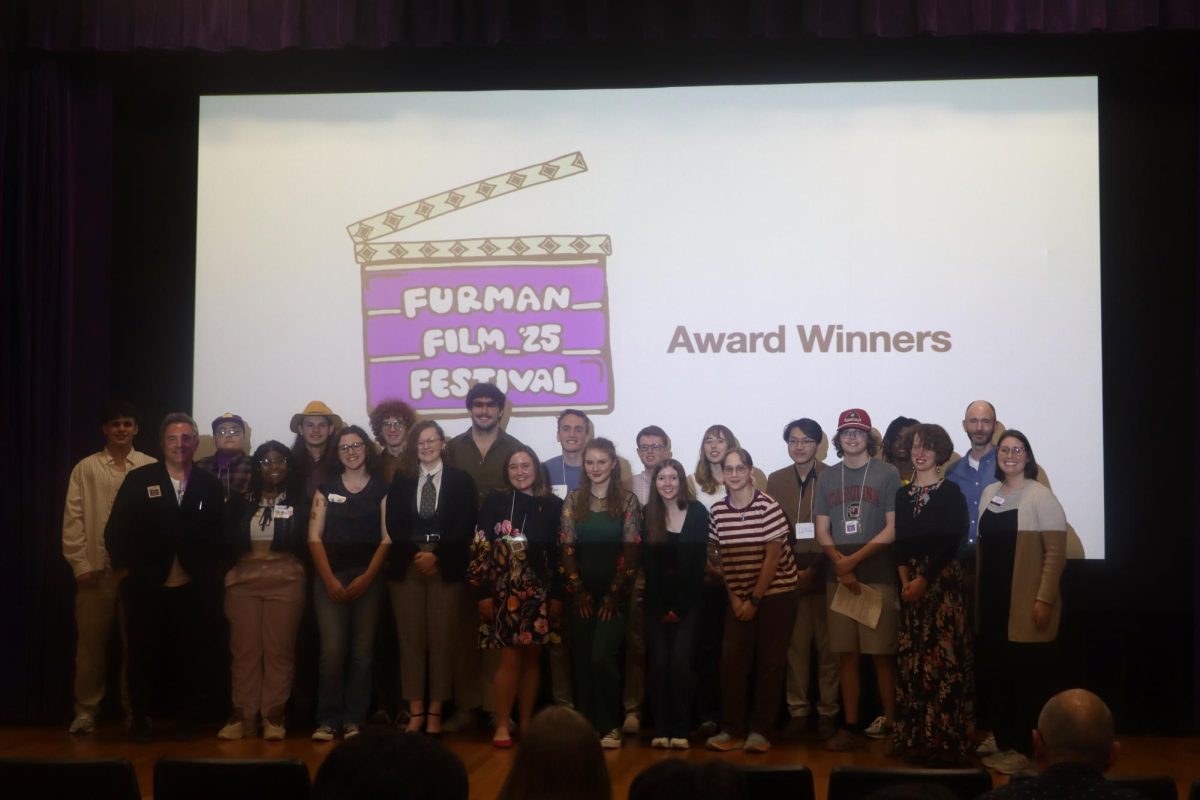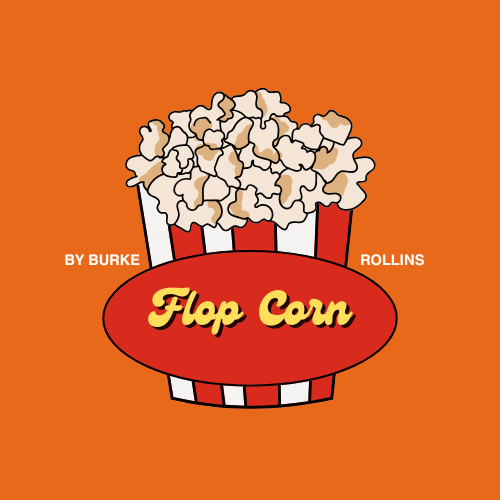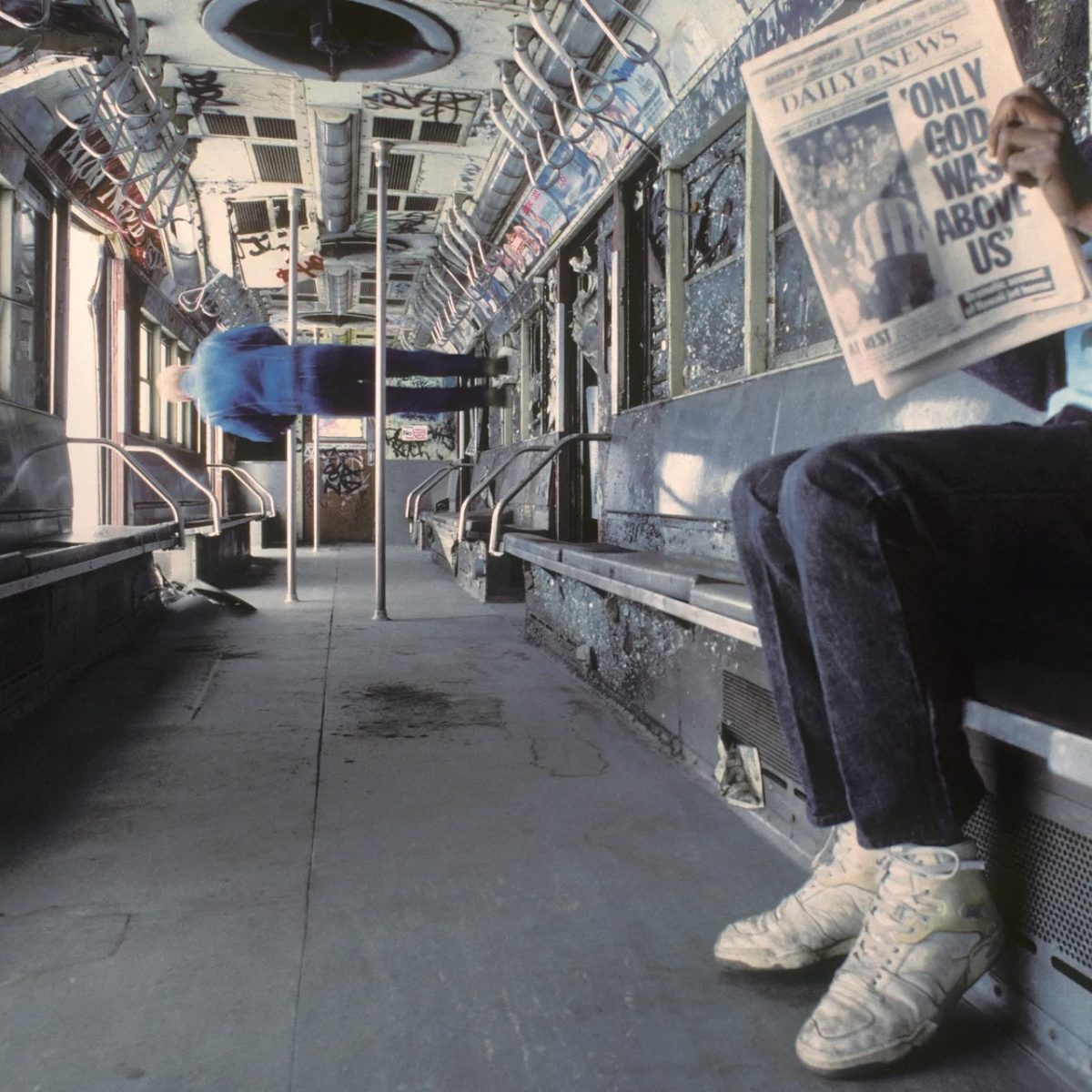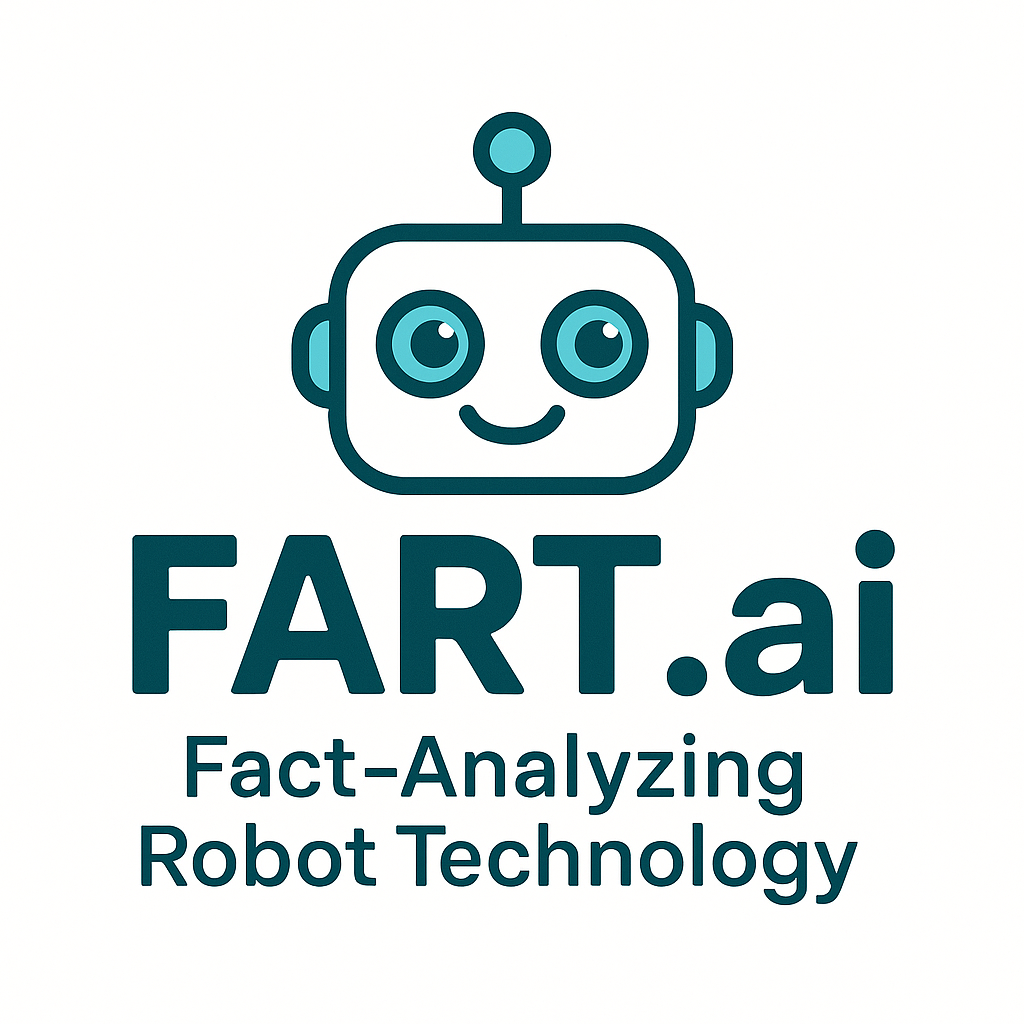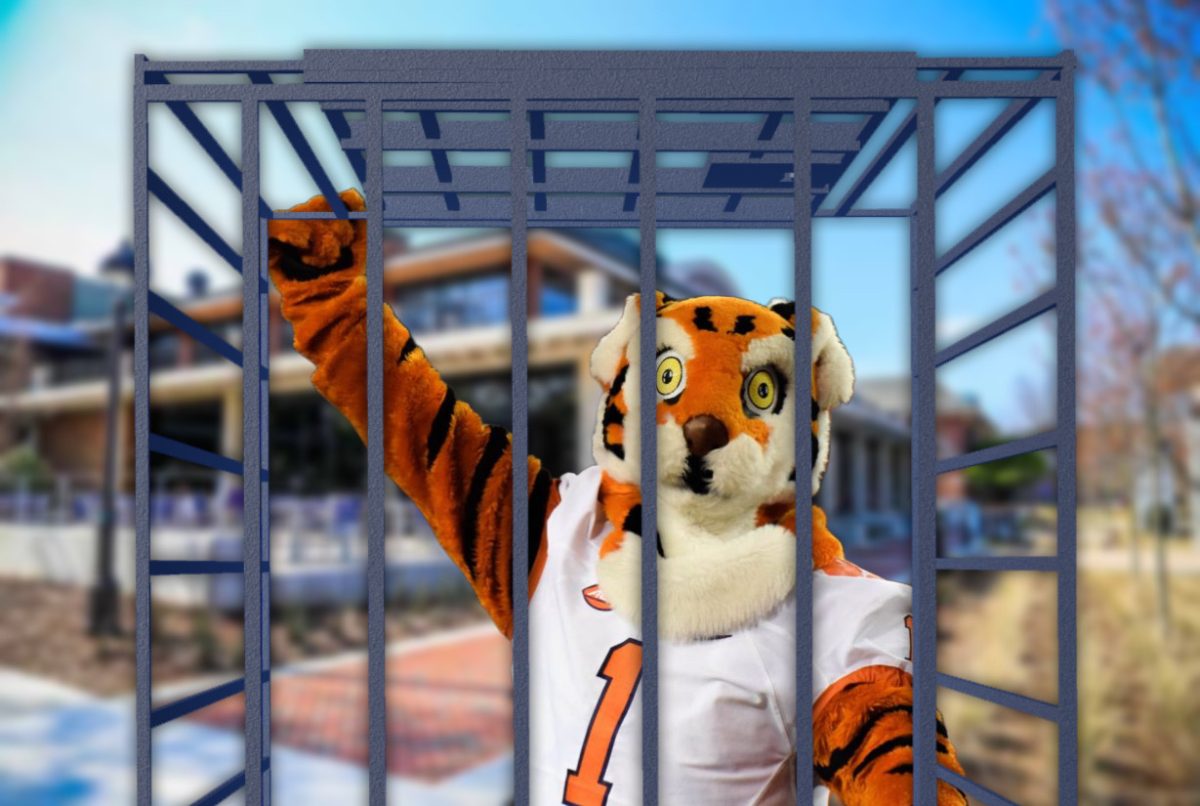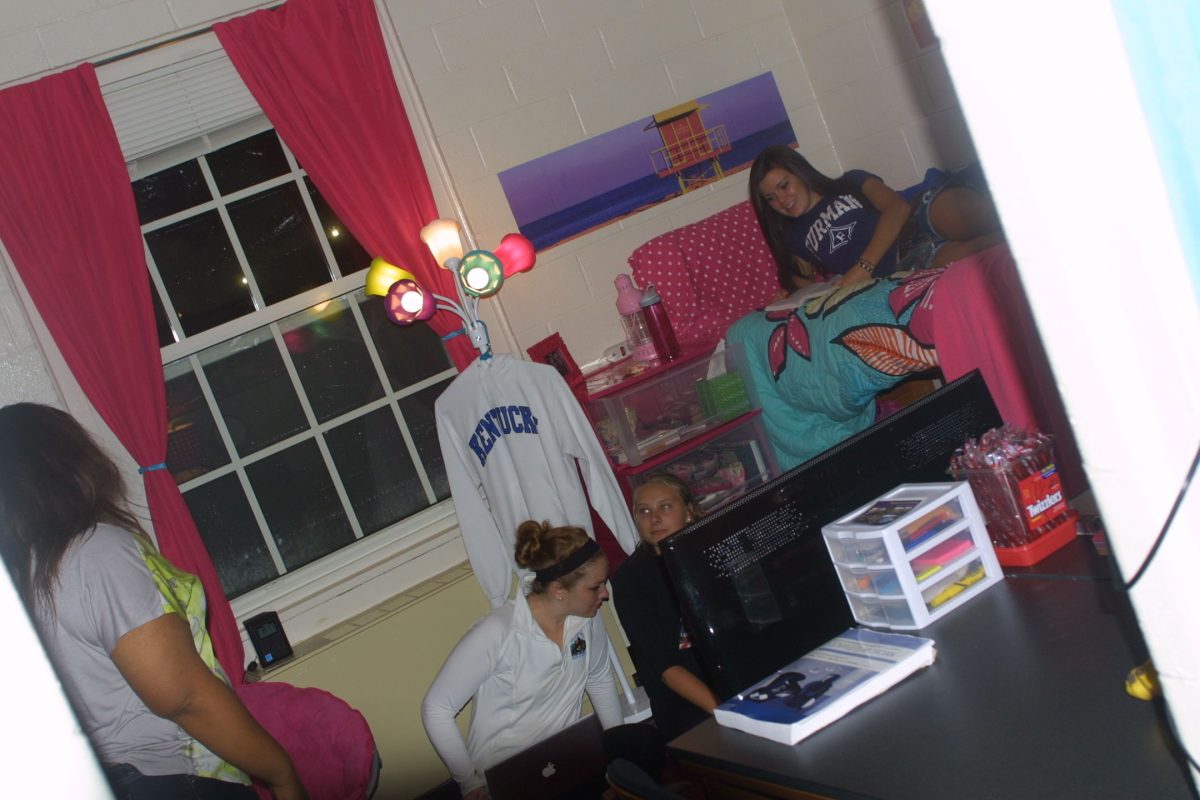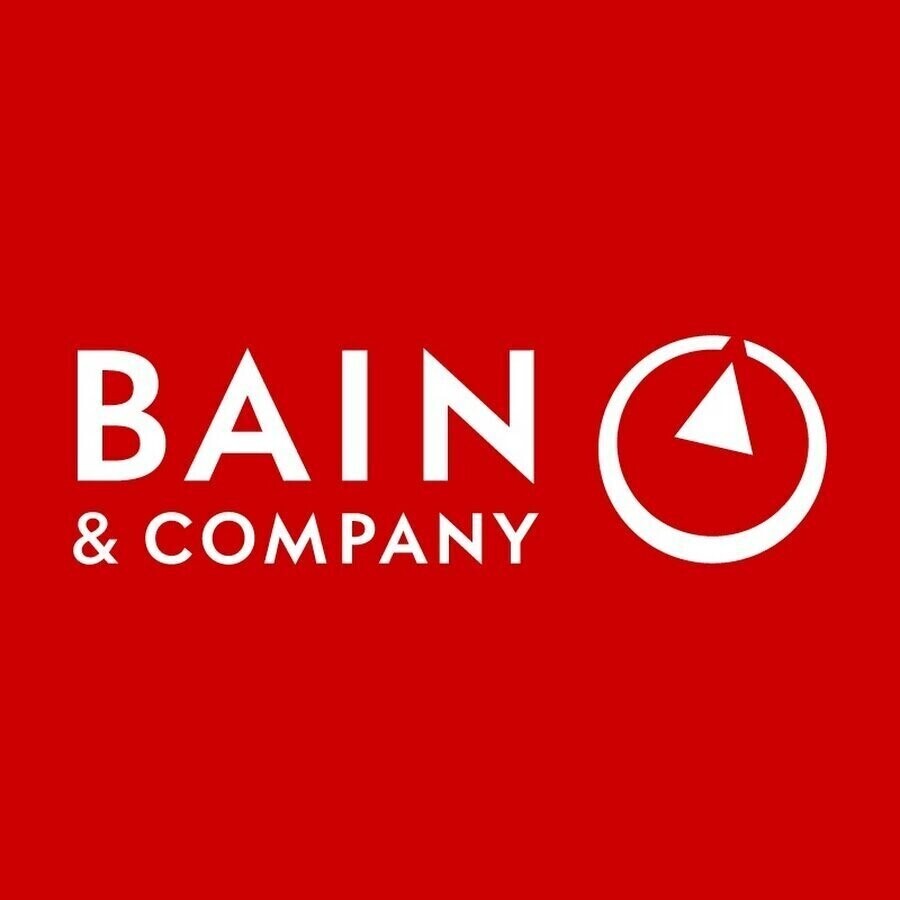Recently, Furman University students and faculty teamed up with United Way of Greenville County to produce the “Neighborhood Change in Greenville” study. As stated in the project’s executive summary, researchers “present a mixed-methods project to better understand gentrification and displacement in Greenville County areas.” The project utilized qualitative and quantitative data from members of the community as well as data available to the public.
This is not the first time Furman has teamed up with United Way of Greenville County. According to Mike Winiski, Executive Director for Community-Engaged Learning, the pair decided to continue this partnership because, “the questions that were being asked aligned really well with faculty expertise, which in turn offered a great opportunity for students to be deeply involved in all aspects of the study.”
The qualitative interview process was in the hands of student researchers. Amelia Miles ‘19, a researcher for the study, described her role in the data collection process, saying that she “put out flyers in each neighborhood to recruit participants. This is how most residents found out about the study.” Winiski adds that respondents “had to meet certain income and residency requirements to be included.”
With respect to publicly accessible data, Winiski explains that the American Community Survey served as a major source of numbers. Winiski believes that researchers were able to “augment the quantitative data” (from ACS) and combine that “with perceptions from residents” (focus groups with community members) to gain a comprehensive understanding of how Greenvillle has changed over time.
In particular, the study focused on four main points: changing demographics, housing affordability, community trust and transportation. While all four areas show need for improvement, the most important finding was that while housing costs are growing, income growth in the county remains stagnant. In other words, Greenville is expanding and becoming more gentrified as time goes on. Unfortunately, that means that as the city grows, a significant majority of its residents are not being brought along for the ride.
That said, the study also showed that public transportation can go a long way to combat the effects of gentrification and indicated that Greenlink, Greenville County’s busing system, could play an important role in the effort to tackle gentrification moving forward. Recently, Greenlink received a total of 4.5 million dollars in funding for the year of 2020-2021, as opposed to the $500,000 they had received in previous years. This dramatic increase in funding raises the question, how will they use their resources to improve access to transportation in areas of Greenville county?
According to Lauren Prunkl, another Furman researcher, “Greenlink is working hard to improve the system.” Prunkl points out that “they [Greenlink] changed routes on July 1, 2019 to be bidirectional instead of loop. This is a big step that helps make the routes more efficient.” Nonetheless, Prunkl also believes that “the issue of accessible transportation is a systemic issue that will take much more than Greenlink to address. Local government and community members have to play a part.” Winiski shares the same feeling about the need for others to get involved, saying,“We’re trying to encourage employers and private sector leaders to be creative within the constraints of the public transportation system.”
The “Furman bubble” is a term that is often heard around campus and was addressed by Miles in an article written by the Greenville Journal. In her eyes, the best way to step outside of this “bubble” is through “high impact internships and research that get students off campus and allow them to see life outside of Furman in Greenville.” In other words, although the “Neighborhood Change in Greenville” study is informative and vital to understanding the nature of change in Greenville County, it must be experienced first-hand to be truly understood.
In sum, the changing scenery of Greenville County’s economy and society is bittersweet. While progression and growth are always welcomed, it is easy to get distracted by the reputation of Greenville as “a thriving town that attracts tourists,” as Winiski refers to it. He also notes that “with these changes come serious challenges and negative impacts.” Miles shares a similar perspective. While to her, “the growth of Greenville is exciting,” she also recognizes “that for some people, the growth is very scary and means that they could lose their home and livelihood, or have to stay here while prices increase and they fall further into economic hardship.”

